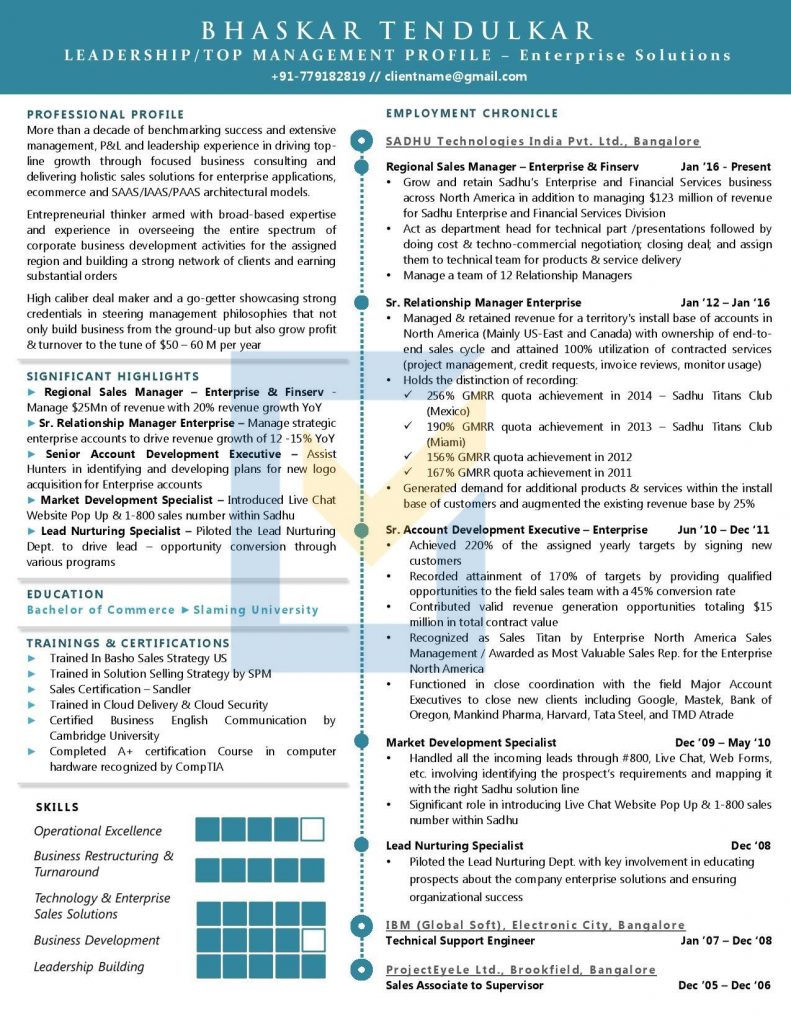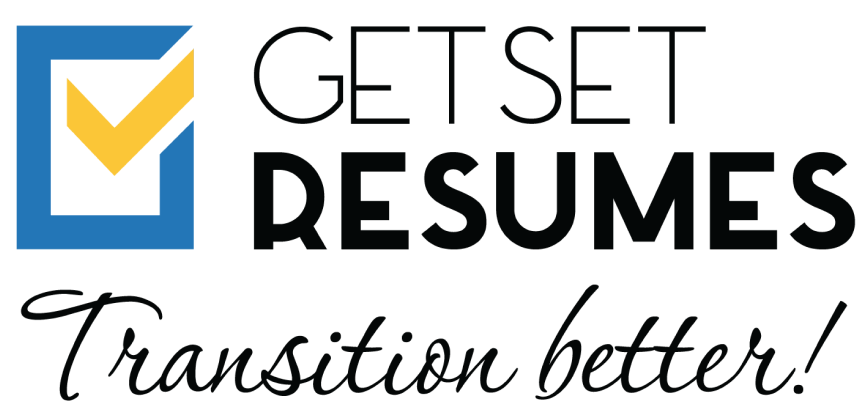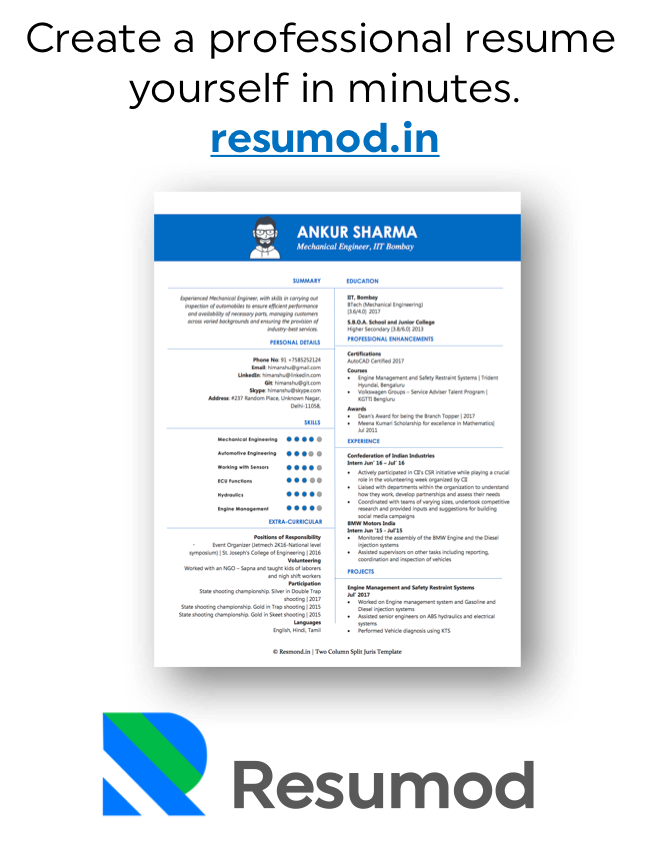Do you know that over 80% of job listings need, or strongly prefer, relevant professional work experience?
What does this mean? It means your resume needs to offer what the hiring manager is looking for. And if it doesn’t, you won’t get an interview.
The issue is that many job-seekers only create one resume that they send out with every application. It saves time but the same resume is unlikely to please the requirements of all the jobs you’re applying to. To get the maximum number of job interviews, all you need is to tailor your resume for each position you are applying. Here we uncover what you exactly have to do so you can maximize your chances of landing your dream job.
What is tailoring a resume?
An employer’s hiring post includes a list of responsibilities and preferred qualifications that gives you an insight of the requirements which you can use throughout your resume to show you can fulfil the role. A tailored resume is proof to the employer that you are the required candidate they are seeking and can create optimal results at work.
Why tailoring your resume is necessary?
Creating an exclusive and tailored resume is essential because:
- It leads to an interview invite.
- To compete with many candidates during the hiring process, you have to take all the measures you can to get noticed, and tailoring your resume is a way to do this.
- It determines how fit the best for the role.
- It shows your keen attention that you’ve taken the time to research the company and comprehend the job requirements.
- Customizing your resume is a way to pay attention to detail and willing to put in the extra effort to secure a job.

Tailor Your Resume
You can follow these steps to take a more persuasive approach by tailoring the resume to job description:
- Review the job description: Understand what the employer wants and the qualifications needed to perform the job. Go through its description and highlight significant keywords related to skills. Take note of specific requirements, like necessary education or training and years of experience. Also, look at the order of the responsibilities listed, to understand the priority for the employer and mirror the employer’s priorities while organizing your resume.
- Compare your resume: Now that you know what the employer is seeking, skim your resume and start tailoring it to their needs. Place your key qualifications in the top half of the page using your summary and experience sections, ensuring that the hiring manager sees that you fit the role right away. Look at the experiences already listed on your resume and determine the relevancy of the previous roles. If they are your most recent jobs, then use a reverse-chronological format. With these formats, you can steer the focus toward your most relevant skills rather than your work timeline.
- Update your summary: The summary section at the top of your resume is seen first by the hiring manager; so, showcase your most relevant skills and accomplishments based on the keywords you highlighted. Include the title of the job to which you are applying, giving it a personalized look.
- Customize your work history: The next most visible section on the resume is your work history which gives a sneak peek to the hiring manager about the relevant experience you hold. In case you have a long work history, then minimize or remove any positions that do not align. If your relevant jobs are further back, then you may split this section into two for further tailoring – the ‘industry experience’ section and the ‘other work experience’ section.
- Include measurable results: Use quantifiable data in your experience section to prove yourself as a qualified candidate. If you do not have numbers in your bulleted list, then determine where you can add them to validate your impact at previous companies. Hiring managers get impressed by such achievements because they present the value you provide.
- Update your skills section: If your summary and work history lack some of the relevant skills, then add the remaining ones to your skills section. List the employer’s most prioritized skills using the exact keywords from the job description. For instance, you can include proficiency in specific technologies or technical and soft skills. These skills showcase the unique value you bring to the role.
The bottom line is your resume should speak the language of the recruiter as it increases your chance of getting selected for the job. Apart from passing potential applicant tracking systems, you want to ensure that your resume language is specific enough that catch the hiring manager’s attention. Familiar words and phrases will determine that you have understood their needs and can fulfil the job’s responsibilities.
That’s it from us. Keep checking the GSR Blog for more updates.






